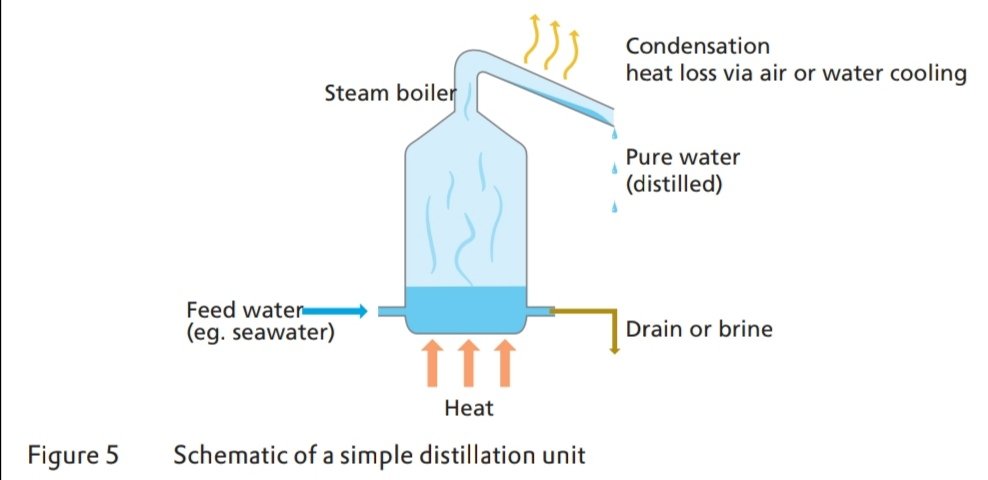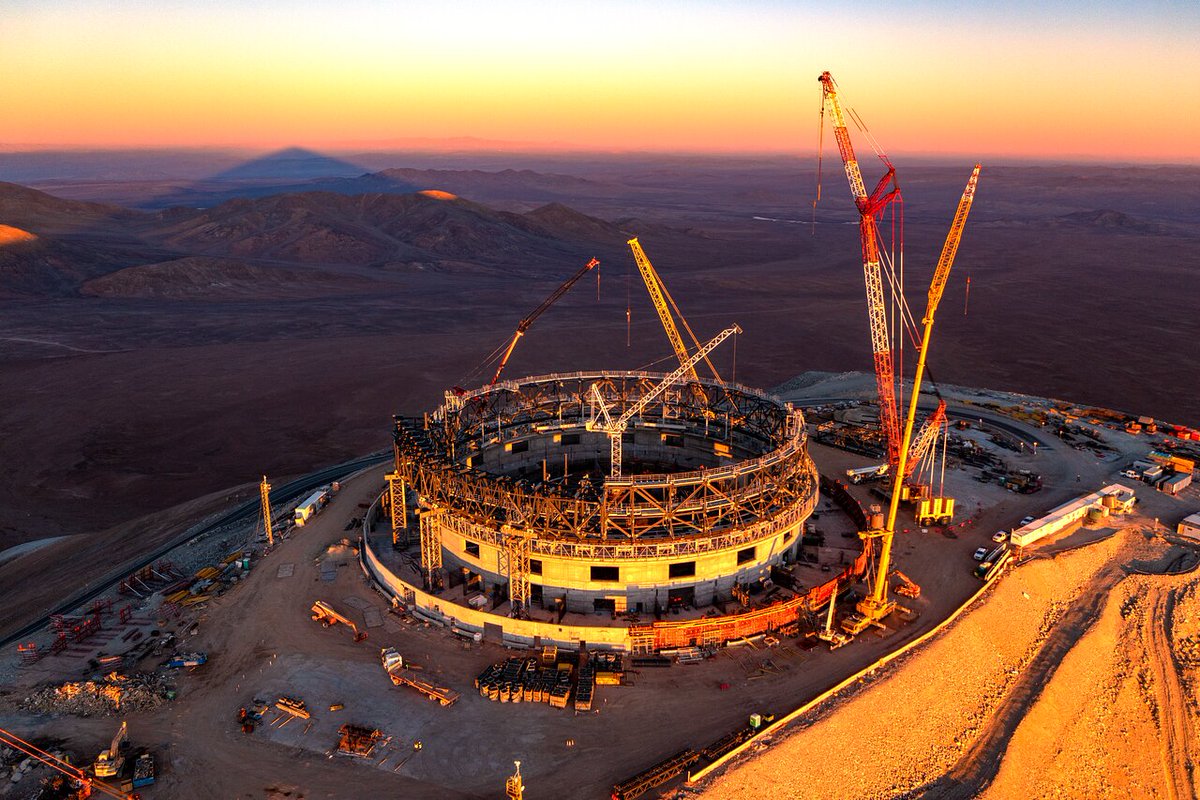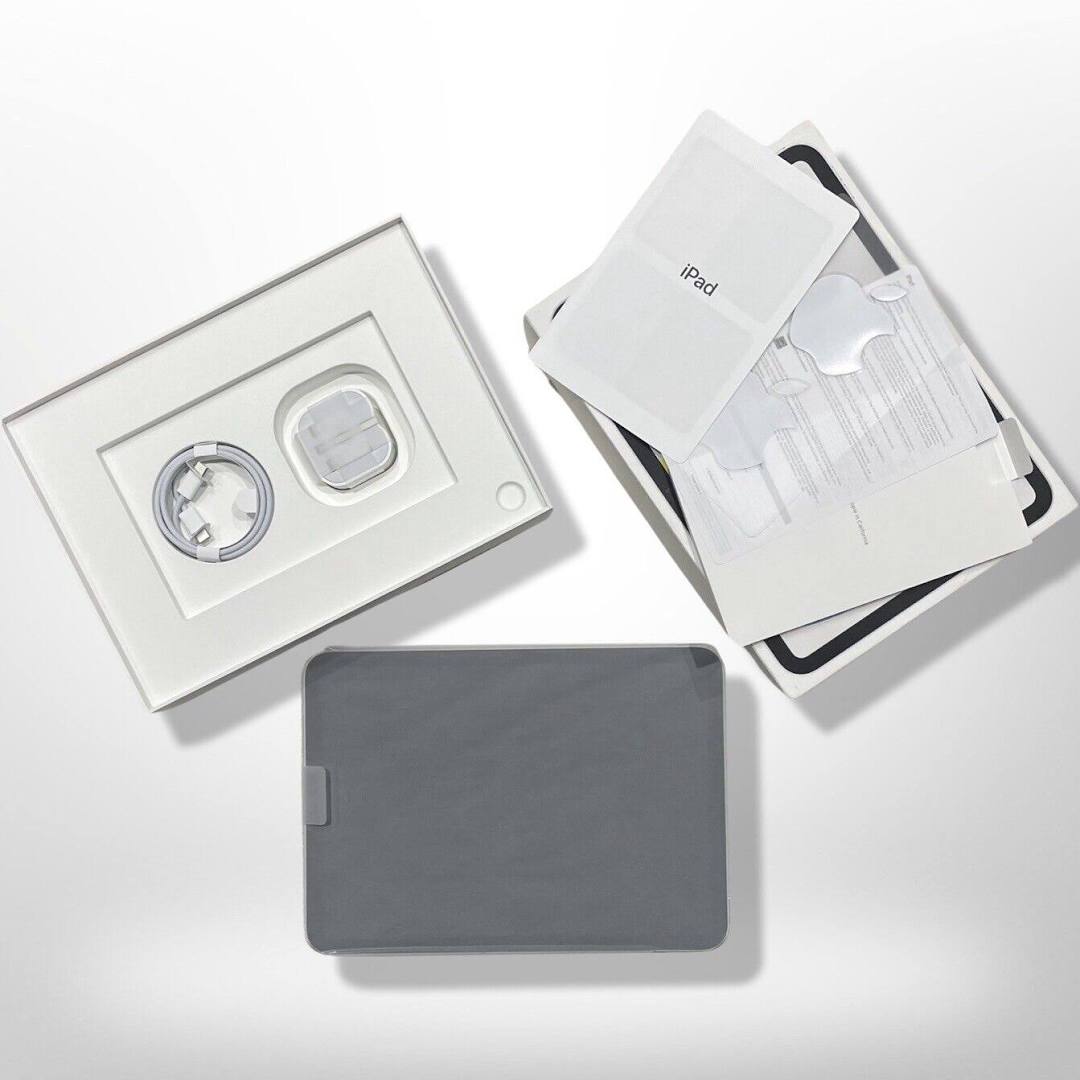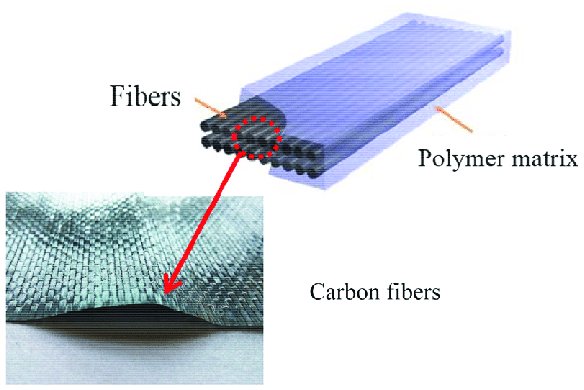By the artifice of Man and God is born a furnace that forges the future.
This is the big nuclear reactor thread!
A beginner's guide to the main reactor types, with lots of diagrams...
This is the big nuclear reactor thread!
A beginner's guide to the main reactor types, with lots of diagrams...

In this thread we'll cover:
1) Basics of fission & what's a moderator?
2) Light vs heavy water.
3) Light water reactors.
4) Gas Cooled reactors.
5) RBMK: The scary one.
6) Heavy water reactors & CANDU.
7) Fast breeders.
8) Generation IV reactors.
1) Basics of fission & what's a moderator?
2) Light vs heavy water.
3) Light water reactors.
4) Gas Cooled reactors.
5) RBMK: The scary one.
6) Heavy water reactors & CANDU.
7) Fast breeders.
8) Generation IV reactors.

The Basics.
This is the nucleon binding energy graph: Heavy nuclei at the right release energy as they fission their way to the summit.
Nuclear power depends on atoms that do this after absorbing a thermal neutron, and that give off more neutrons during fission.
This is the nucleon binding energy graph: Heavy nuclei at the right release energy as they fission their way to the summit.
Nuclear power depends on atoms that do this after absorbing a thermal neutron, and that give off more neutrons during fission.

2/3 of a nuclear reactor's thermal energy comes from the fission of Uranium U235, which occurs as 0.7% of natural U238 deposits: The remaining 1/3 is fission of secondary products such as Plutonium Pu239.
The percentage of U235 or Pu239 in fuel is known as the enrichment number.
The percentage of U235 or Pu239 in fuel is known as the enrichment number.

Moderation:
A fast neutron produced by fission has 1-10MeV of energy: Too high for dependable secondary fission. A moderator slows the neutrons down to increase the odds of a chain reaction 100 fold.
Moderators used are light water (H2O), heavy water (D2O) or graphite (C).
A fast neutron produced by fission has 1-10MeV of energy: Too high for dependable secondary fission. A moderator slows the neutrons down to increase the odds of a chain reaction 100 fold.
Moderators used are light water (H2O), heavy water (D2O) or graphite (C).

Light vs heavy water:
Light water is cheap, heavy water isn't.
Light water absorbs some neutrons, meaning enriched fuel if it's used as a moderator.
Heavy water doesn't absorb neutrons (much), so can run with un-enriched fuel.
Both need high pressure to stay liquid when hot.
Light water is cheap, heavy water isn't.
Light water absorbs some neutrons, meaning enriched fuel if it's used as a moderator.
Heavy water doesn't absorb neutrons (much), so can run with un-enriched fuel.
Both need high pressure to stay liquid when hot.

Steadfast: The Pressurised Water Reactor
The most common reactor type. PWRs use light water as both coolant & moderator. The primary core cycle is pressurised to 150bar to keep it liquid at 315C, and a heat exchanger links it to a secondary cycle, making steam for power.
The most common reactor type. PWRs use light water as both coolant & moderator. The primary core cycle is pressurised to 150bar to keep it liquid at 315C, and a heat exchanger links it to a secondary cycle, making steam for power.

PWR pressurizer:
Despite the varying loads on the PWR, the primary circuit must be maintained at a pressure sufficient to maintain liquid flow throughout. This is done using a pressurizer, a dome shaped structure with heating coils & spray bar.
Despite the varying loads on the PWR, the primary circuit must be maintained at a pressure sufficient to maintain liquid flow throughout. This is done using a pressurizer, a dome shaped structure with heating coils & spray bar.

PWR pros/cons:
-Complex & expensive.
-Very high pressurisation.
-Needs enriched fuel (VERY enriched in submarines).
-Refuelling=extended downtime.
+Safety: Primary cycle is well isolated.
+Passive load following.
+Compact: Perfect for naval use.
+Can be modular.
-Complex & expensive.
-Very high pressurisation.
-Needs enriched fuel (VERY enriched in submarines).
-Refuelling=extended downtime.
+Safety: Primary cycle is well isolated.
+Passive load following.
+Compact: Perfect for naval use.
+Can be modular.
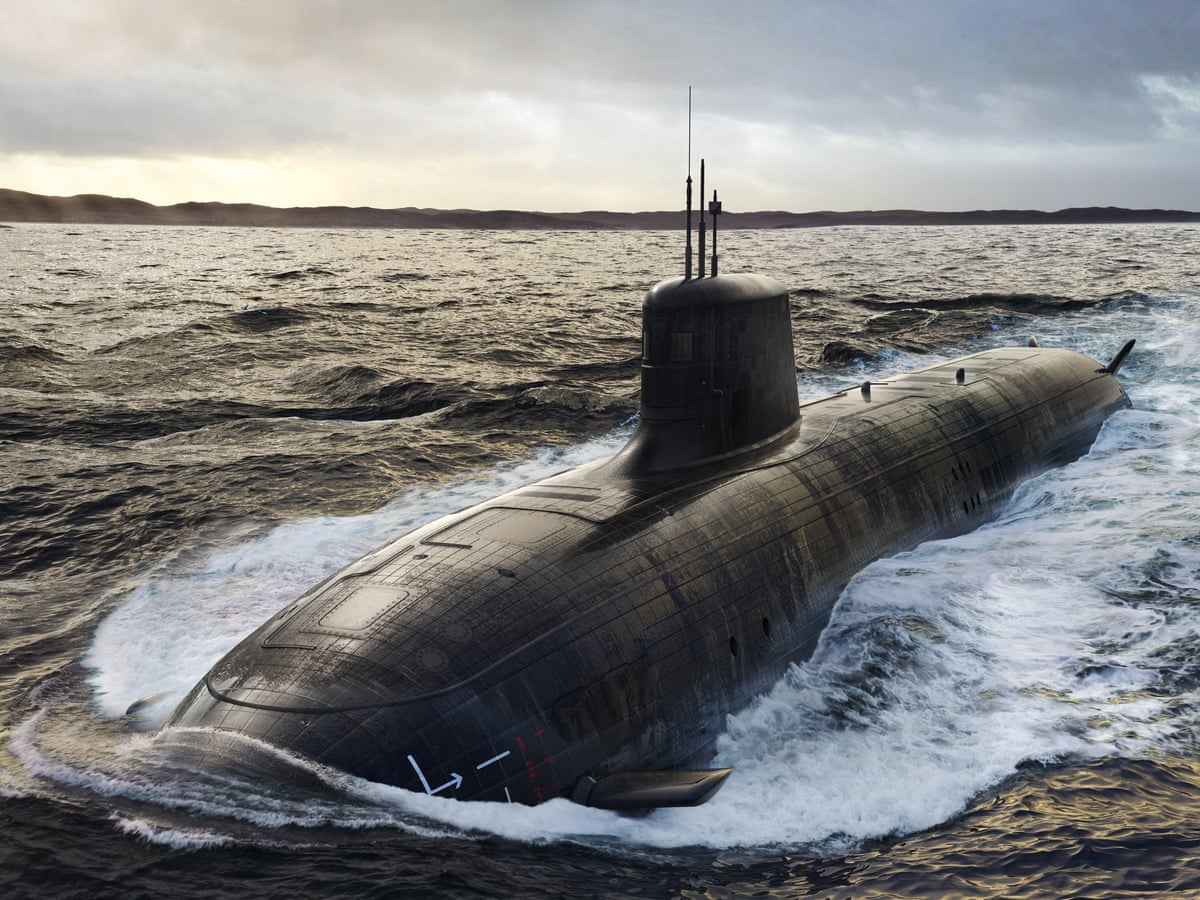
Simple: The Boiling Water Reactor
A simpler, and potentially cheaper reactor type than the PWR, the BWR uses light water as moderator & coolant, making steam in the primary cycle at 285C to drive a steam turbine, without isolating flows between a primary & secondary cycle.
A simpler, and potentially cheaper reactor type than the PWR, the BWR uses light water as moderator & coolant, making steam in the primary cycle at 285C to drive a steam turbine, without isolating flows between a primary & secondary cycle.

The BWR also uses a moisture separator and steam drier in the primary cycle to prevent droplets from impacting fragile systems like the turbine: A complex baffle flow separates moisture centrifugally and a superheater then dries the steam. 

BWR cons:
-Safety: Fuel cladding damage would lead to radioactive material leaving the PCV.
-Safety: As in Fukushima, if the steam level lowers to the fuel bundles, hydrogen gas results.
-Larger pressure vessels make modular design harder.
-Safety: Fuel cladding damage would lead to radioactive material leaving the PCV.
-Safety: As in Fukushima, if the steam level lowers to the fuel bundles, hydrogen gas results.
-Larger pressure vessels make modular design harder.

Sophisticated: The Gas Cooled Reactor
Graphite moderated, CO2 cooled, the GCR and advanced GCR (AGR) were primarily used in the UK & France, where their ability to use natural or slightly enriched Uranium was useful in a world with fuel enrichment dominated by the USSR & USA.
Graphite moderated, CO2 cooled, the GCR and advanced GCR (AGR) were primarily used in the UK & France, where their ability to use natural or slightly enriched Uranium was useful in a world with fuel enrichment dominated by the USSR & USA.

For their 660MW electrical power, the AGRs were massive, with a very low power density. They also ran hot with 640 Celsius coolant temperature at 40 bar. This necessitated a re-entrant coolant flow at ~280C for the graphite moderator, as graphite reacts with CO2 at high temps. 

Gas cooled cons:
-Huge core size.
-To reach high temperatures, the original magnesium oxide cladding was replaced with stainless steel, which captures neutrons & lowers fuel burn efficiency.
-Secondary graphite coolant path.
-Cladding unsuited for long term water storage.
-Huge core size.
-To reach high temperatures, the original magnesium oxide cladding was replaced with stainless steel, which captures neutrons & lowers fuel burn efficiency.
-Secondary graphite coolant path.
-Cladding unsuited for long term water storage.

Gas cooled pros:
+Can be refuelled while in operation.
+High heat brings much higher thermal efficiency than PWRs (counteracted by inefficient fuel burn).
+Low power density is a safety benefit.
The AGR type was only built in the UK, with no more planned.
+Can be refuelled while in operation.
+High heat brings much higher thermal efficiency than PWRs (counteracted by inefficient fuel burn).
+Low power density is a safety benefit.
The AGR type was only built in the UK, with no more planned.

High Temperature Gas Cooled (HTGR)
Moderated by graphite & cooled by helium, HTGRs can reach a coolant temperature of 950 Celsius, at high thermodynamic efficiency. A few test reactors have been built since the UK's Dragon in 1965, plus 2 small commercial reactors in China.
Moderated by graphite & cooled by helium, HTGRs can reach a coolant temperature of 950 Celsius, at high thermodynamic efficiency. A few test reactors have been built since the UK's Dragon in 1965, plus 2 small commercial reactors in China.

Sinister: RBMK reactors
Unique to Russia, the large graphite moderated, light water cooled RBMKs featured natural Uranium fuel, a high power output and a flat-ended cylindrical pressure vessel. It was big, cheap, powerful...
And not always stable. Chernobyl used RBMKs.
Unique to Russia, the large graphite moderated, light water cooled RBMKs featured natural Uranium fuel, a high power output and a flat-ended cylindrical pressure vessel. It was big, cheap, powerful...
And not always stable. Chernobyl used RBMKs.
The RBMK had many design flaws, one of the biggest being a strong positive void coefficient (since fixed): As water coolant was neutron absorber & not primary moderator, a rise in heat derived steam bubbles would *increase* reactivity, not decrease it, risking a thermal runaway. 

Sturdy: The CANDU.
Canada had a unique challenge, and created a unique design response. Lacking both serious fuel enrichment and fabrication of large pressure vessels, they needed a solution that combined large reaction mass and small volume pressurised assemblies...
Canada had a unique challenge, and created a unique design response. Lacking both serious fuel enrichment and fabrication of large pressure vessels, they needed a solution that combined large reaction mass and small volume pressurised assemblies...

Heavy water cooled and moderated in the primary cycle, it featured small, pressurised calandria tubes carrying the fuel bundles & coolant inside a large, un-pressurised calandria with a heavy water reservoir.
CANDU is noted for it's safety & ease of refuelling while running.
CANDU is noted for it's safety & ease of refuelling while running.

Surprising: The fast breeder.
So we all like U235, but what about the other 99.3% of Uranium that is U238? Can we make use of that and boost our output 100-fold?
Yes. Enter the fast breeder reactor.
So we all like U235, but what about the other 99.3% of Uranium that is U238? Can we make use of that and boost our output 100-fold?
Yes. Enter the fast breeder reactor.

A core of highly enriched fuel (high U235) sustains a reaction without moderation, covered in a blanket of U238, which is bombarded by fast neutrons, generating Plutonium 239.
The reactor is cooled by multiple molten sodium cycles, eventually making steam for a turbine.
The reactor is cooled by multiple molten sodium cycles, eventually making steam for a turbine.

Superb: Generation IV reactors:
Safer, less waste, more efficient and with industrial process heat potential: There are 5 GenIV concepts we will go through to end this thread. Currently only China has built any: The helium cooled high temperature HTR-PM.
Safer, less waste, more efficient and with industrial process heat potential: There are 5 GenIV concepts we will go through to end this thread. Currently only China has built any: The helium cooled high temperature HTR-PM.

Very High Temperature Reactor (VHTR)
Designed for industrial heat and green hydrogen production plus electricity: The VHTR can run with an outlet temperature up to 1000C, though likely process heat applications are somewhat lower. It's compelling for a 'hydrogen economy'.
Designed for industrial heat and green hydrogen production plus electricity: The VHTR can run with an outlet temperature up to 1000C, though likely process heat applications are somewhat lower. It's compelling for a 'hydrogen economy'.

@NoahRettburg has a great thread on thermal generation of hydrogen, and why process heat matters.
But on with the show: The next Gen IV reactor...
But on with the show: The next Gen IV reactor...
https://twitter.com/NoahRettberg/status/1644173822986268672?t=8M01o7ZpZMeU_OnF142aVg&s=19
Molten Salt Reactor (MSR)
With homogenous fuel dissolved in molten Fluoride salt, the MSR & it's fast breeder equivalent, the MSFR, need research but promise high process heat, enhanced waste actinide burning & safer reactivity coefficients than solid fuel fast reactors.
With homogenous fuel dissolved in molten Fluoride salt, the MSR & it's fast breeder equivalent, the MSFR, need research but promise high process heat, enhanced waste actinide burning & safer reactivity coefficients than solid fuel fast reactors.

Sodium Cooled Fast Reactor (SFR)
Mixing fast neutron fuel cycles with a 550C, low pressure molten sodium coolant cycle and a large thermal reservoir, the SFR is a reasonably mature low waste solution with a 'thermal battery' effect that may work well on renewable grids.
Mixing fast neutron fuel cycles with a 550C, low pressure molten sodium coolant cycle and a large thermal reservoir, the SFR is a reasonably mature low waste solution with a 'thermal battery' effect that may work well on renewable grids.

Supercritical Water Cooled Reactor (SCWR)
Taking the boiling water reactor to it's physics-defying conclusion, the SCWR pressurises beyond 220 bar and heats coolant to 500-625C into it's supercritical state, neither liquid nor vapour, with very high system efficiency.
Taking the boiling water reactor to it's physics-defying conclusion, the SCWR pressurises beyond 220 bar and heats coolant to 500-625C into it's supercritical state, neither liquid nor vapour, with very high system efficiency.

The SCWR seems intuitive & could be cheap, not needing coolant pumps of steam driers, but needs significant research: Cladding material development for extremes of heat & pressure, heat transfer research for phase changes in the water, the list goes on.
Lead Cooled Fast Reactor (LFR)
Cooling something with molten lead stretches the imagination, but lead coolant is low pressure, chemically inert and has good properties for a fast neutron reactor that can also provide plenty of industrial process heat into the bargain.
Cooling something with molten lead stretches the imagination, but lead coolant is low pressure, chemically inert and has good properties for a fast neutron reactor that can also provide plenty of industrial process heat into the bargain.

With a focus on waste, industrial process heat and hydrogen synthesis, the GenIV concepts have a definite 'net zero' feel, but they're not saviours and not easy.
Still, it's example of the reality of this century: Our challenges must be met with technology, not penury.
Still, it's example of the reality of this century: Our challenges must be met with technology, not penury.

GenIV isn't quite here yet: Almost all nuclear new builds are GenIIIA PWR & BWR systems, but even that is great! It's better than coal, gas, solar or wind. Nuclear power offers to unshackle us from the bounds of earth.
We can, and must, do even better...
We can, and must, do even better...

That's it for now: Upcoming threads will deep dive individual technologies and go into their economics. Stay tuned!
As ever, papers used in this thread are shown, all free downloads.
I hope you enjoyed this!
As ever, papers used in this thread are shown, all free downloads.
I hope you enjoyed this!

• • •
Missing some Tweet in this thread? You can try to
force a refresh





